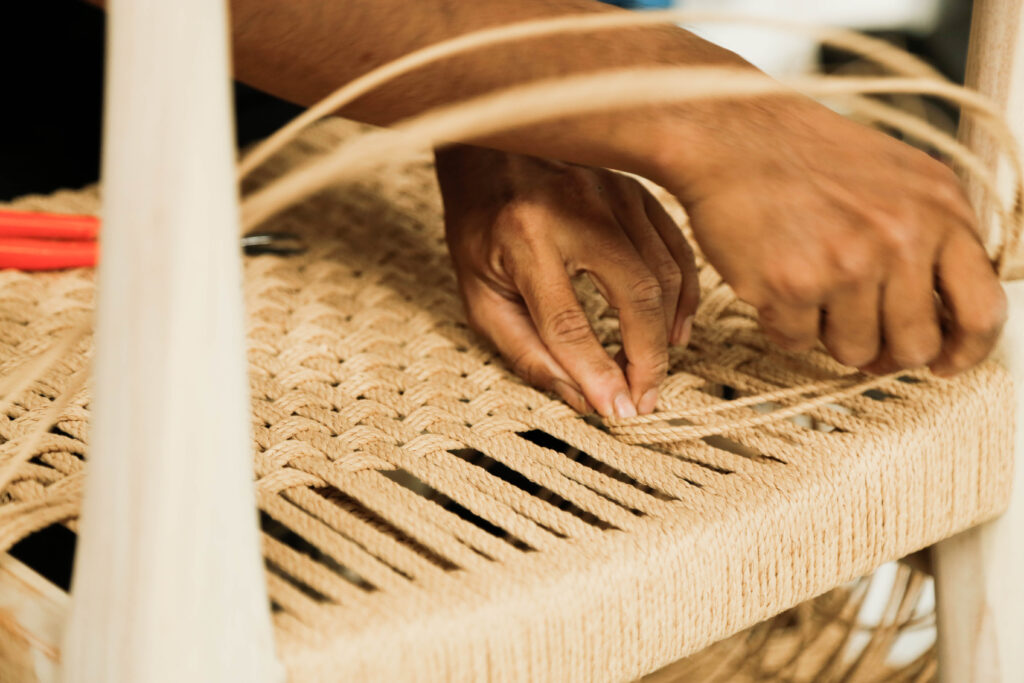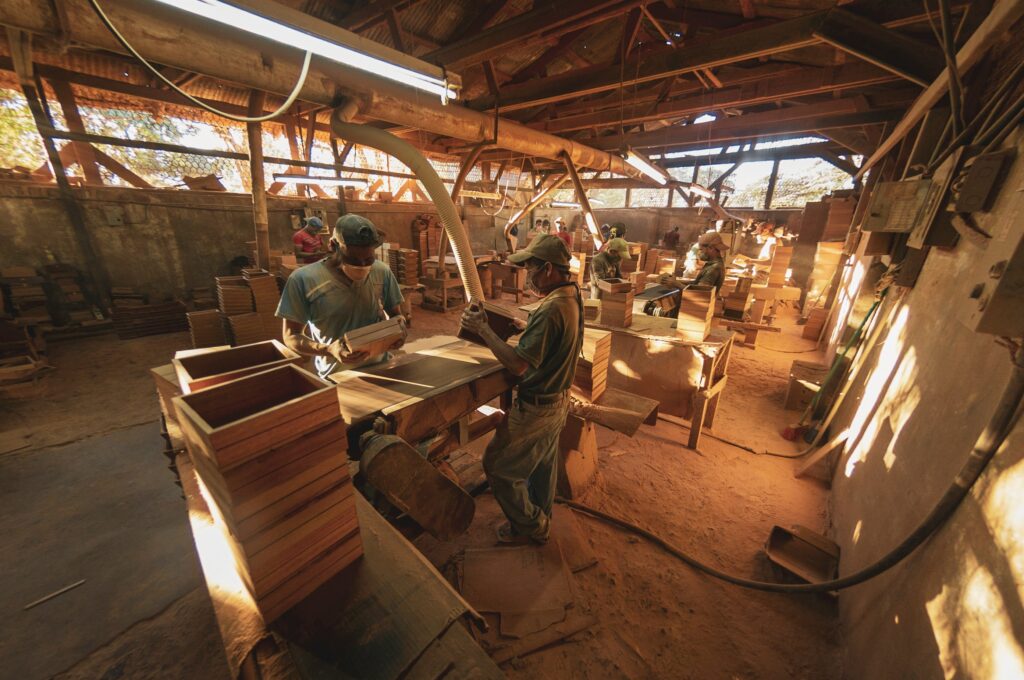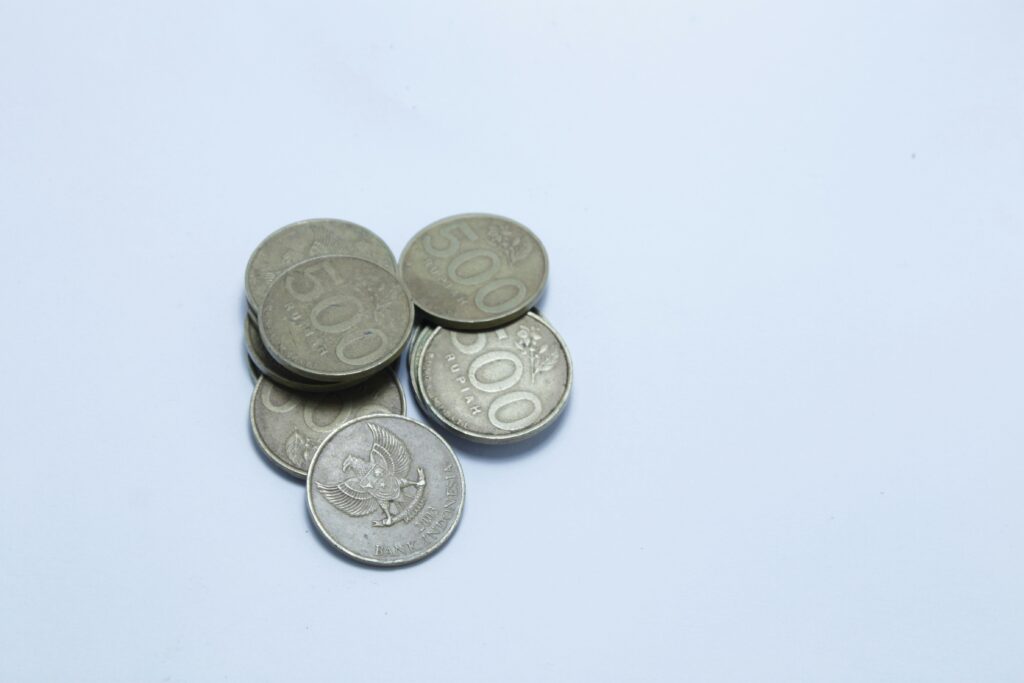INDONESIA FURNITURE AS A KEY TO NATIONAL ECONOMY
Nurkotimah (Ima)

Indonesia furniture products are among the top four export commodities in the world. The world recognizes Indonesia as a top furniture exporter because of its abundant raw materials.
Even though, competing with another abundant resources like oil, textiles, and rubber. Indonesia furniture industry spans almost all provinces, with major concentrations in Jepara, Cirebon, Sukoharjo, Surakarta, Klaten, Pasuruan, Gresik, Sidoarjo, Jabodetabek, and other areas.
In almost all provinces, with the main locations being Jepara, Cirebon, Sukoharjo, Surakarta, Klaten, Pasuruan, Gresik, Sidoarjo, Jabodetabek, and others.
The most in-demand Indonesia furniture products both domestically and internationally are furniture that is made from wood and rattan. Currently, the industry is growing also from demand for furniture made from synthetic materials and metal.
The furniture trade in Indonesia has grown significantly, becoming one of the largest contributors to the country’s economy.
What makes Indonesia furniture become one of the biggest contributors to the country’s economy and also the most sought-after furniture imports in the international market?
How much does the Indonesia furniture industry contribute?
Indonesia is one of the biggest furniture exporters in the world. In 2022, Indonesia furniture exporters reached approximately USD 2,5 billion, marking a significant contribution to non-oil and gas export revenues. IBAI+1The Jakarta Post+1
In the meantime, the primary markets for Furniture Indonesia are the United States, Japan, and several European countries. In 2023, the United States accounted for 57% of Indonesia’s furniture exports, followed by Japan at 6,17% and other countries like Australia, the Netherlands, and Belgium. TrendEconomy
Indonesia Furniture and Its Abundance of Natural Resources
Indonesia has an enormous potential of natural resources in terms of rattan and bamboo raw materials. Sumatra, Sulawesi, Kalimantan, and Papua are the top rattan-producing areas in Indonesia.
Indonesia’s abundant natural resources are the main force behind the success of its furniture industry.
Indonesia is one of the strongest rattan sources in the world, reaching up to 80%, with considerable potential for bamboo and other natural materials.
Natural materials have attracted a lot of international interest, this resource is not only durable but also very attractive to the international market, especially those who are conscious of sustainability. IBAI
Based on this reality, furniture from these natural materials attracts a very high interest on the international market. This allows local furniture manufacturers to create high-quality products while minimizing import costs, making them competitive on an international scale.
Handmade Indonesia Furniture and Local Craftsmanship

What truly sets Indonesia furniture apart is the craftsmanship. People around the world know the regions of Jepara, Yogya, Cirebon, and Bali for their furniture-making traditions.
Each piece of furniture in Indonesia has its own story. In a global market that is currently dominated by machine-made products, Indonesia handmade furniture has its appeal in the international market. This is because Indonesia handmade furniture highlights its uniqueness with intricate details. Also distinct organic and handmade characteristics that are very different from machinery products.
In addition, nowadays, international enthusiasts are increasingly interested in natural-handmade products that have a story to them, and Indonesia is perfect for this with its strong culture and deeply rooted history in furniture.
Global Reputation and Market Position
Indonesia actively participated in the International Furniture Exhibition Expo (IFEX). Based on the Himpunan Industri Mebel dan Kerajinan Indonesia (HIMKI), IFEX is an important platform to promote the Furniture Indonesia industry and has a positive impact on the national economy. Bringing many international buyers, IFEX allows Indonesia to display their furniture industry on a global platform annually, further encouraging expor growh and contributing to national economic development. https://indonesiabusinesspost.com/
Economic and Social Impact
The furniture industry makes a significant contribution to the Indonesia economy. In 2021, the wooden industry and wooden products, including furniture, contributed approximately 0,41% to the Gross Domestic Product (GDP), Statista.

On the other hand, this industry provides more job opportunities in various segments, ranging from the local artisan, small workshop, to logistic providers and exporters. This industry also supports small and medium enterprises (SMEs), helping them to grow and compete internationally. Furniture industry development also supports the related sectors such as textile, packaging, and interior design, creating the ripple effect for economic growth.
Challenges and Future Opportunities of Indonesia Furniture
Even though it has an enormous opportunity, this industry still faces some challenges. This includes the infrastructure and logistical challenges, with the complex international trade regulation, and some other certifications, such as FSC, BSCI, etc.
However, the furniture demand for sustainability and eco-friendliness gives a big opportunity. Digital platforms, e-commerce, and other marketing strategies can help Indonesia brands reach new audiences and build stronger brand stories, appealing to the global furniture markets.

Conclusion: A National Asset Worth Nurturing
Now is the time to celebrate and invest in Indonesia furniture – a truly valuable national asset with global appeal.
With abundant resources, and a strong market demand, Indonesia furniture is one of the top contributors to Indonesia’s economy. As the international market’s interest in natural handmade products increases steadily, Indonesia is in the right position to lead. Supporting and developing this sector preserves the cultural heritage and uplifts the local communities.
Hey there 👋
Need help? Chat with us on WhatsApp!



